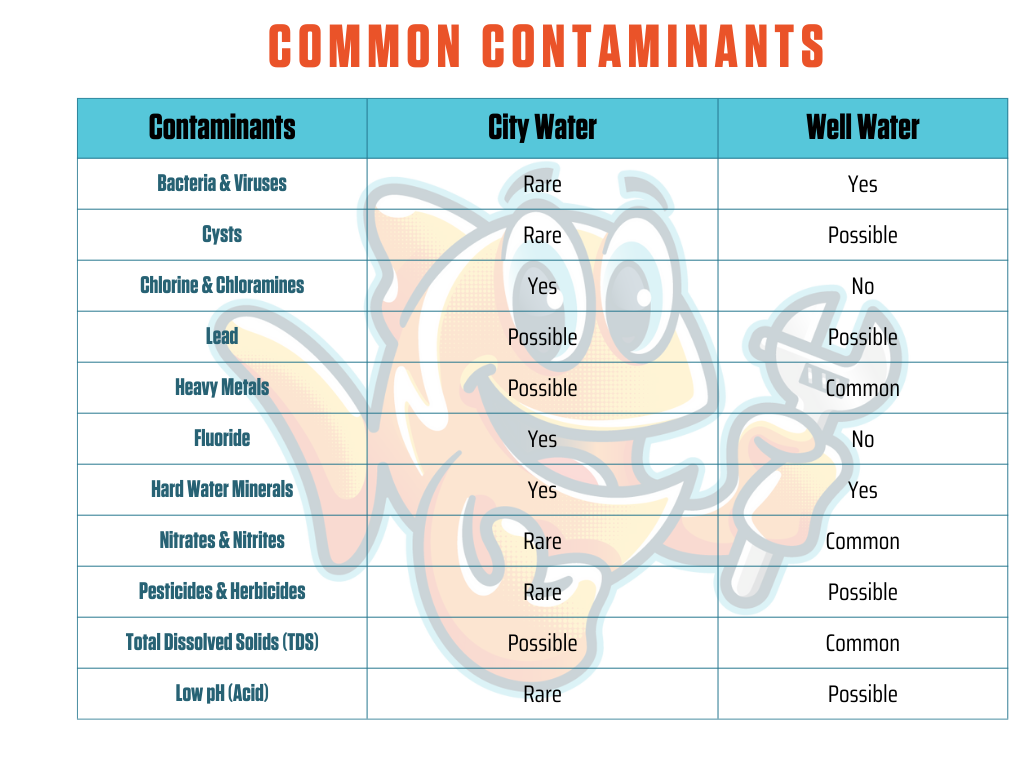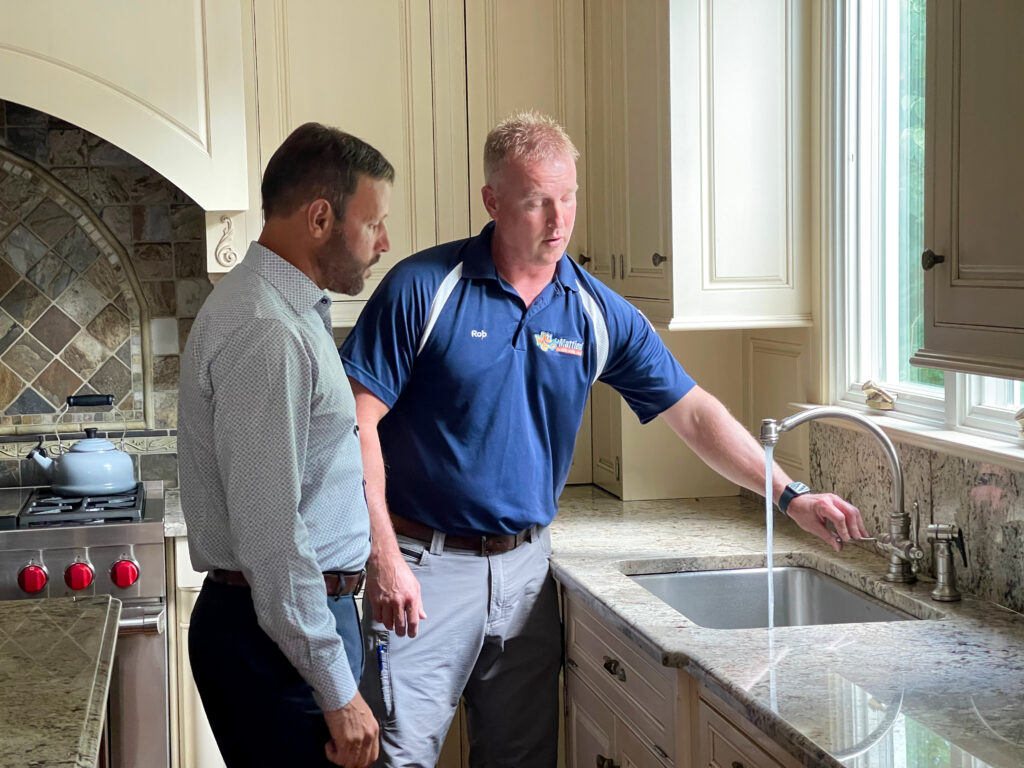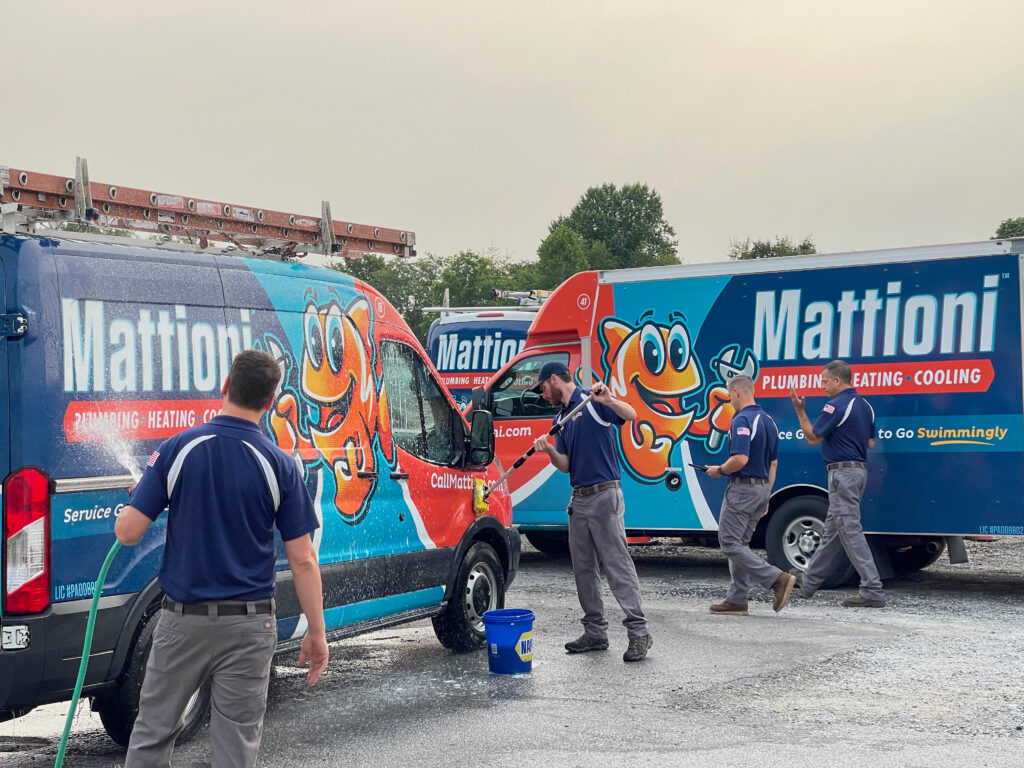24/7 Emergency Service
Lorem ipsum dolor sit amet, consectetur adipiscing elit. Euismod nisi, cursus at ultricies a. Auctor turpis amet sagittis nunc, vel blandit amet ultrices. Lorem tellus egestas volutpat tortor aenean vel. Iaculis purus sed platea non vitae auctor. Fames feugiat sed tristique accumsan nec turpis (484) 699-0264 facilisis posuere sem.











